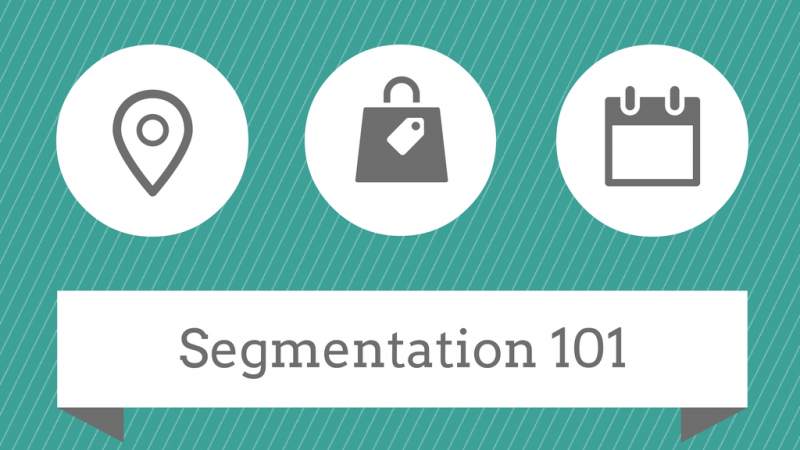June 7, 2018
Segmenting Customers with Personalization

There are now 7.4 billion people on this planet and counting. How are you going to find your customers? The answer is specificity and more specific: segmenting your customers through personalization. Not only is this the best way to find the people that want to buy, but it’s what modern consumers want anyway. Consider some of these stats:
- 74% of customers say they feel frustrated when web content is not personalized.
- 59% of customers say that their personalization affects their shopping.
- 31% of customers would like their shopping experience to be more personalized.
- 78% of consumers only want to engage in their previous engagements with your brand.
It’s apparent that people like to feel special and why would not they? We’re competing against other people for attention. So how do you extract the interested consumers? Through segmentation and then personalized campaigns.

What is Segmentation?
As you would “segment” anything, segmentation means to divide the marketplace into parts that are easily defined, accessed, and actionable. These segments should be profitable and show growth potential. Typically, these groups have similar needs, wants, desires, preferences, and demand characteristics. But the way you truly define the value of each part is through personalization.
What Does Personalization Really Mean?
The true meaning of personalization involves optimizing the messages and experiences of your own. Simply put, it’s just a matter of making your message come true. It’s not easy task, but that’s why segmentation can help better define how to customize your messaging.

Building Strategy Through Segmentation
Segmentation and personalization are often confused, and many brands choose one over the other. The “old school” way of marketing simply divided groups (segmentation) and never considered the person. They actually work in conjunction, with segmentation happening first and opening the door to the ability to customize.
Social listening is the key to better understanding your audience. The more social data you collect, the easier it is to predict customer behavior. Setting up triggered campaigns through email marketing is great. Those are opening your emails more often, are definitely the people you want to think about.

Segmentation through personalization is more about lifestyle than it is demographics. For example, Doggyloot , an e-commerce company focused on pets, segments their customers by-you guessed it-their pets. And they are even more specific than that. Doggyloot even looks into the size of the pet so they can create targeted ads and emails. It would not make sense to offer a massive bone to a customer with a chihuahua now, would it?
In Conclusion
The bottom line is a business strategy through personalization increases a customer’s lifetime value. It seals the deal. Just remember that segmentation happens to be more than once. It’s a moving target because people are humans, not robots. They are allowed to change their mind and often do. Therefore, it is important to continue your life-cycle process, rather than segmenting it once and for all.
Segmenting customers through personalization is not as difficult as you think. It’s all about listening and then taking action. Meeting someone’s individual needs is the most powerful thing a brand can do. Are you up for the challenge?







